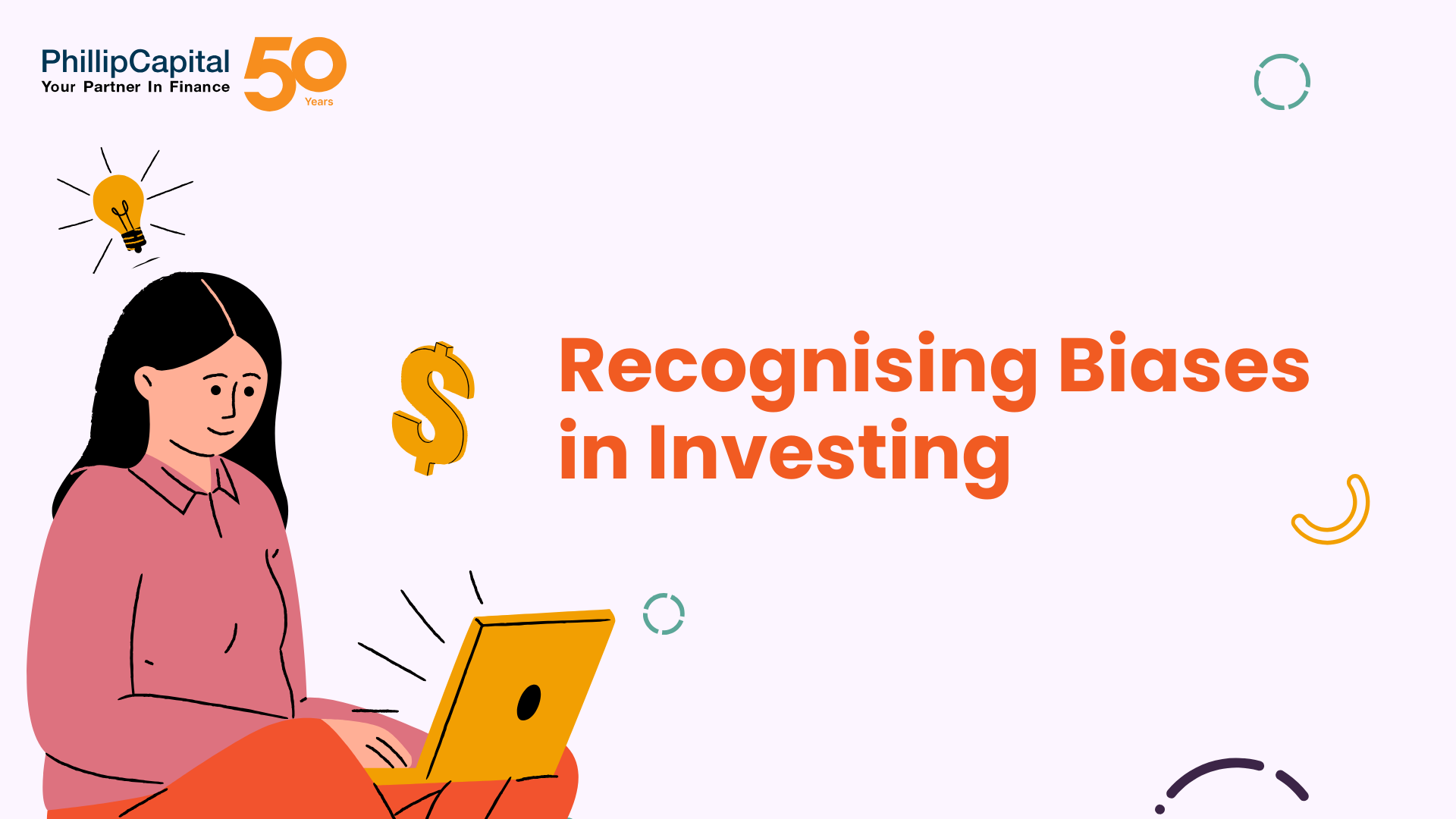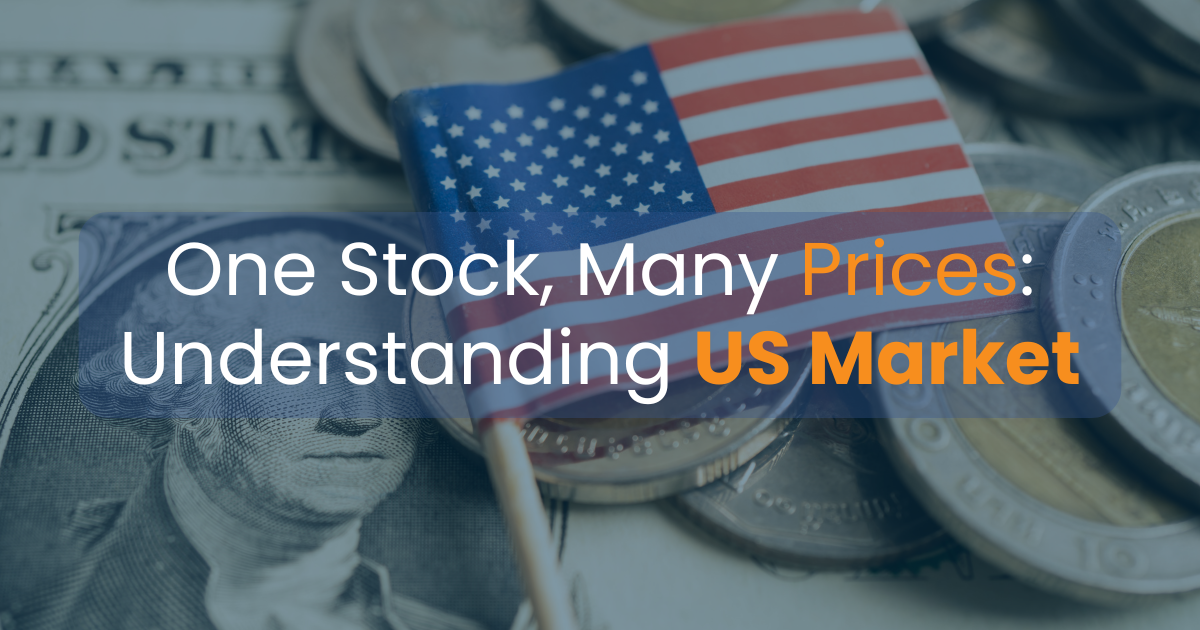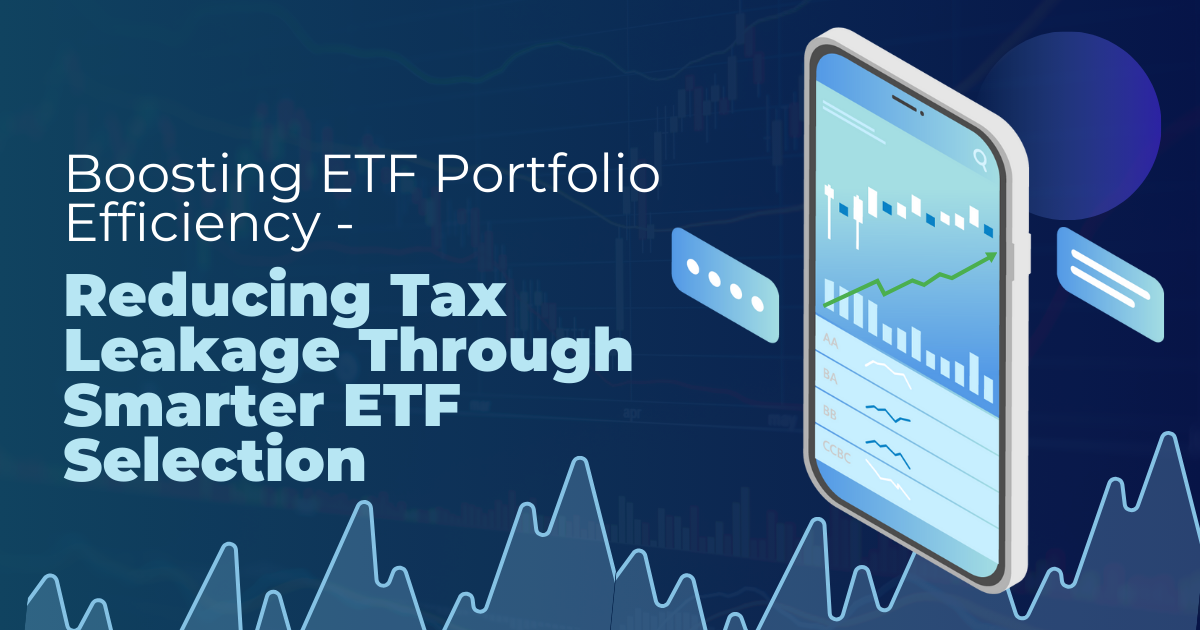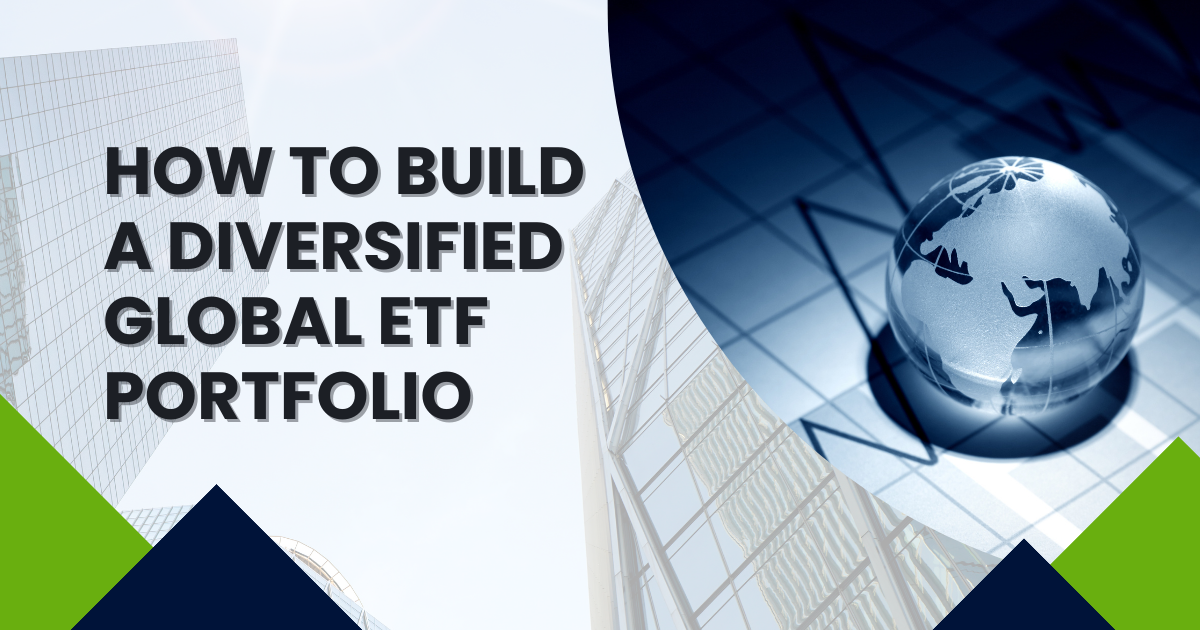Futures
Numerous investment tools are available in the world of finance, with futures being a prominent option. Futures play a critical role in the financial ecosystem, providing avenues for both hedging and speculation. Trading in futures offers a flexible and efficient approach to managing risk while seizing market opportunities. However, it demands a deep understanding of market dynamics, careful risk management, and sound decision-making. By strategically using futures, investors can strengthen their portfolios and confidently navigate the complexities of the financial markets.
Table of Contents
What are Futures?
Futures contracts are a fundamental aspect of financial markets, enabling investors to hedge risks or speculate on future price shifts. These contracts commit parties to buy or sell an asset at a predetermined price on a specified future date. Traded on regulated exchanges, futures contracts cover a wide range of assets, including commodities like oil and gold, financial instruments like stocks and bonds, and market indices.
For example, a farmer might use futures to secure a favorable price for crops before harvest, while investors can leverage futures to profit from price movements without owning the actual asset.
Futures contracts help manage price risk and aid in price discovery, enhancing market liquidity and efficiency. Whether used for hedging or speculation, futures offer powerful tools for navigating the complexities of global financial markets.
Understanding Futures
Futures serve multiple purposes in financial markets. They allow producers and consumers of commodities to hedge against price fluctuations, providing stability and predictability in volatile markets. Additionally, futures facilitate speculative trading, enabling investors to profit from price movements without owning the underlying asset.
Understanding futures involves grasping their role as risk management tools and speculative vehicles, requiring investors to navigate market intricacies with diligence and astuteness. Futures trading operates on the principle of leverage, allowing traders to control large positions with relatively small capital outlays. However, this amplifies potential gains and losses, making futures trading risky. Moreover, futures markets are influenced by various factors, including supply and demand dynamics, geopolitical events, and economic indicators, leading to price fluctuations and volatility.
Working of Futures
The mechanics of futures trading are relatively straightforward. A buyer (long position) and a seller (short position) enter a contract, agreeing to exchange the underlying asset at a future date (the expiration date) for a predetermined price (the futures price). Depending on the type of futures contract, the contract is settled either through physical delivery of the assets or cash settlement.
As the contract progresses toward its expiration, its value fluctuates in response to various market factors such as supply and demand dynamics, geopolitical events, and economic indicators. Market participants continuously assess these factors, which influence their trading decisions and thus impact futures prices.
Upon reaching the expiration date, the futures contract is settled in one of two ways, contingent upon the type of futures contract. Physical delivery occurs when the parties involved exchange the actual underlying asset according to the terms of the contract. Alternatively, cash settlement entails the exchange of cash equivalents based on the difference between the futures price and the prevailing market price of the underlying asset at expiration.
This process underscores the fundamental workings of futures trading, wherein market participants engage in speculative or hedging activities, leveraging the contract’s flexibility to manage price risk and capitalize on market opportunities within a regulated and transparent trading environment.
Pros and Cons of Futures
Pros:
Leverage: Futures contracts require only a fraction of the total value of the underlying asset as margin, allowing traders to control larger positions with relatively small capital.
Liquidity: Futures markets are highly liquid, with ample trading volume and tight bid-ask spreads, facilitating ease of entry and exit for traders.
Diversification: Futures offer exposure to a wide range of assets, enabling portfolio diversification and risk management.
Cons:
High Risk: Leverage can amplify both gains and losses, making futures trading inherently risky, particularly for inexperienced traders.
Market Volatility: Futures markets can be highly volatile, subject to sudden price swings influenced by various factors such as economic indicators, geopolitical events, and market sentiment.
Margin Calls: Traders must maintain sufficient margin in their accounts to cover potential losses, as failure to do so may result in margin calls and forced liquidation of positions.
Example of Futures
An illustrative example of futures trading lies within the realm of commodities, such as crude oil. Suppose an investor anticipates an impending surge in crude oil prices due to geopolitical tensions affecting oil-producing regions. Rather than purchasing physical barrels of oil, the investor opts to engage in futures contracts.
In this scenario, the investor purchases a crude oil futures contract at the prevailing market rate. As tensions escalate and market sentiment drives oil prices upwards, the value of the futures contract appreciates accordingly. With foresight and strategic timing, the investor can choose to liquidate the futures contract at a higher price, thereby realising a profit.
Conversely, if geopolitical tensions ease or other factors lead to a decline in oil prices, the value of the futures contract may decrease, resulting in a potential loss for the investor. Thus, futures trading offers a means for investors to capitalise on anticipated market movements in commodities, enabling them to mitigate risk and potentially enhance their financial returns.
Frequently Asked Questions
Trading futures instead of stocks offer advantages such as increased leverage, diversified exposure to various asset classes, and the ability to profit from both rising and falling markets. Additionally, futures markets typically exhibit higher liquidity and lower transaction costs, enhancing efficiency for traders
The profitability of futures versus options depends on various factors, including market conditions, trading strategies, and risk tolerance. Both instruments have their merits and drawbacks.
Hold a futures contract until expiration. You must either take physical delivery of the underlying asset (in the case of commodity futures) or settle the contract in cash based on the futures price.
A futures contract is a legally binding agreement between two parties to purchase or sell an asset at a set price on a specific future date. Traded on regulated exchanges, these contracts provide investors with opportunities to hedge against price volatility and engage in speculation across different financial markets.
While futures and forwards share similarities, they differ in terms of standardisation, trading venue, and settlement procedures. Futures are traded on exchanges and are standardised, whereas forwards are customised agreements traded over the counter.
Related Terms
- Cost of Equity
- Capital Adequacy Ratio (CAR)
- Interest Coverage Ratio
- Industry Groups
- Income Statement
- Historical Volatility (HV)
- Embedded Options
- Dynamic Asset Allocation
- Depositary Receipts
- Deferment Payment Option
- Debt-to-Equity Ratio
- Financial Futures
- Contingent Capital
- Conduit Issuers
- Calendar Spread
- Cost of Equity
- Capital Adequacy Ratio (CAR)
- Interest Coverage Ratio
- Industry Groups
- Income Statement
- Historical Volatility (HV)
- Embedded Options
- Dynamic Asset Allocation
- Depositary Receipts
- Deferment Payment Option
- Debt-to-Equity Ratio
- Financial Futures
- Contingent Capital
- Conduit Issuers
- Calendar Spread
- Devaluation
- Grading Certificates
- Distributable Net Income
- Cover Order
- Tracking Index
- Auction Rate Securities
- Arbitrage-Free Pricing
- Net Profits Interest
- Borrowing Limit
- Algorithmic Trading
- Corporate Action
- Spillover Effect
- Economic Forecasting
- Treynor Ratio
- Hammer Candlestick
- DuPont Analysis
- Net Profit Margin
- Law of One Price
- Annual Value
- Rollover option
- Financial Analysis
- Currency Hedging
- Lump sum payment
- Annual Percentage Yield (APY)
- Excess Equity
- Fiduciary Duty
- Bought-deal underwriting
- Anonymous Trading
- Fair Market Value
- Fixed Income Securities
- Redemption fee
- Acid Test Ratio
- Bid Ask price
- Finance Charge
- Basis grades
- Short Covering
- Visible Supply
- Transferable notice
- Intangibles expenses
- Strong order book
- Fiat money
- Trailing Stops
- Exchange Control
- Relevant Cost
- Dow Theory
- Hyperdeflation
- Hope Credit
- Futures contracts
- Human capital
- Subrogation
- Qualifying Annuity
- Strategic Alliance
- Probate Court
- Procurement
- Holding company
- Harmonic mean
- Income protection insurance
- Recession
- Savings Ratios
- Pump and dump
- Total Debt Servicing Ratio
- Debt to Asset Ratio
- Liquid Assets to Net Worth Ratio
- Liquidity Ratio
- Personal financial ratios
- T-bills
- Payroll deduction plan
- Operating expenses
- Demand elasticity
- Deferred compensation
- Conflict theory
- Acid-test ratio
- Withholding Tax
- Benchmark index
- Double Taxation Relief
- Debtor Risk
- Securitization
- Yield on Distribution
- Currency Swap
- Overcollateralization
- Efficient Frontier
- Listing Rules
- Green Shoe Options
- Accrued Interest
- Market Order
- Accrued Expenses
- Target Leverage Ratio
- Acceptance Credit
- Balloon Interest
- Abridged Prospectus
- Data Tagging
- Perpetuity
- Optimal portfolio
- Hybrid annuity
- Investor fallout
- Intermediated market
- Information-less trades
- Back Months
- Adjusted Futures Price
- Expected maturity date
- Excess spread
- Quantitative tightening
- Accreted Value
- Equity Clawback
- Soft Dollar Broker
- Stagnation
- Replenishment
- Decoupling
- Holding period
- Regression analysis
- Wealth manager
- Financial plan
- Adequacy of coverage
- Actual market
- Credit risk
- Insurance
- Financial independence
- Annual report
- Financial management
- Ageing schedule
- Global indices
- Folio number
- Accrual basis
- Liquidity risk
- Quick Ratio
- Unearned Income
- Sustainability
- Value at Risk
- Vertical Financial Analysis
- Residual maturity
- Operating Margin
- Trust deed
- Profit and Loss Statement
- Junior Market
- Affinity fraud
- Base currency
- Working capital
- Individual Savings Account
- Redemption yield
- Net profit margin
- Fringe benefits
- Fiscal policy
- Escrow
- Externality
- Multi-level marketing
- Joint tenancy
- Liquidity coverage ratio
- Hurdle rate
- Kiddie tax
- Giffen Goods
- Keynesian economics
- EBITA
- Risk Tolerance
- Disbursement
- Bayes’ Theorem
- Amalgamation
- Adverse selection
- Contribution Margin
- Accounting Equation
- Value chain
- Gross Income
- Net present value
- Liability
- Leverage ratio
- Inventory turnover
- Gross margin
- Collateral
- Being Bearish
- Being Bullish
- Commodity
- Exchange rate
- Basis point
- Inception date
- Riskometer
- Trigger Option
- Zeta model
- Racketeering
- Market Indexes
- Short Selling
- Quartile rank
- Defeasance
- Cut-off-time
- Business-to-Consumer
- Bankruptcy
- Acquisition
- Turnover Ratio
- Indexation
- Fiduciary responsibility
- Benchmark
- Pegging
- Illiquidity
- Backwardation
- Backup Withholding
- Buyout
- Beneficial owner
- Contingent deferred sales charge
- Exchange privilege
- Asset allocation
- Maturity distribution
- Letter of Intent
- Emerging Markets
- Cash Settlement
- Cash Flow
- Capital Lease Obligations
- Book-to-Bill-Ratio
- Capital Gains or Losses
- Balance Sheet
- Capital Lease
Most Popular Terms
Other Terms
- Real Return
- Protective Put
- Perpetual Bond
- Option Adjusted Spread (OAS)
- Non-Diversifiable Risk
- Merger Arbitrage
- Liability-Driven Investment (LDI)
- Income Bonds
- Guaranteed Investment Contract (GIC)
- Flash Crash
- Equity Carve-Outs
- Cost Basis
- Deferred Annuity
- Cash-on-Cash Return
- Earning Surprise
- Bubble
- Beta Risk
- Bear Spread
- Asset Play
- Accrued Market Discount
- Ladder Strategy
- Junk Status
- Intrinsic Value of Stock
- Interest-Only Bonds (IO)
- Inflation Hedge
- Incremental Yield
- Industrial Bonds
- Holding Period Return
- Hedge Effectiveness
- Flat Yield Curve
- Fallen Angel
- Exotic Options
- Execution Risk
- Exchange-Traded Notes
- Event-Driven Strategy
- Eurodollar Bonds
- Enhanced Index Fund
- EBITDA Margin
- Dual-Currency Bond
- Downside Capture Ratio
- Dollar Rolls
- Dividend Declaration Date
- Dividend Capture Strategy
- Distribution Yield
- Delta Neutral
- Derivative Security
- Dark Pools
- Death Cross
- Fixed-to-floating rate bonds
- First Call Date
Know More about
Tools/Educational Resources
Markets Offered by POEMS
Read the Latest Market Journal

Recognising Biases in Investing and Tips to Avoid Them
Common biases like overconfidence, herd mentality, and loss aversion influence both risk assessment and decision-making....

What is Money Dysmorphia and How to Overcome it?
Money dysmorphia happens when the way you feel about your finances doesn’t match the reality...

The Employer’s Guide to Domestic Helper Insurance
Domestic Helper insurance may appear to be just another compliance task for employers in Singapore,...

One Stock, Many Prices: Understanding US Markets
Why Isn’t My Order Filled at the Price I See? Have you ever set a...

Why Every Investor Should Understand Put Selling
Introduction Options trading can seem complicated at first, but it offers investors flexible strategies to...

Mastering Stop-Loss Placement: A Guide to Profitability in Forex Trading
Effective stop-loss placement is a cornerstone of prudent risk management in forex trading. It’s not...

Boosting ETF Portfolio Efficiency: Reducing Tax Leakage Through Smarter ETF Selection
Introduction: Why Tax Efficiency Matters in Global ETF Investing Diversification is the foundation of a...

How to Build a Diversified Global ETF Portfolio
Introduction: Why Diversification Is Essential in 2025 In our June edition article (https://www.poems.com.sg/market-journal/the-complete-etf-playbook-for-singapore-investors-from-beginner-to-advanced-strategies/), we introduced...









